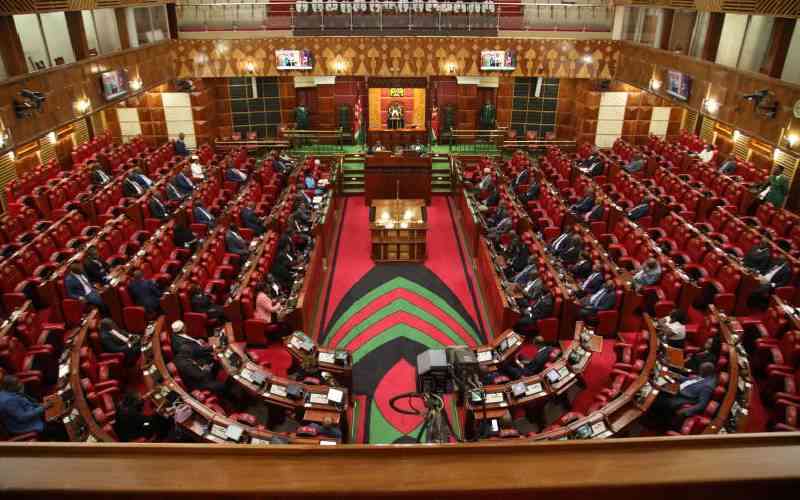As Kenya's education sector faces mounting challenges, the effectiveness of its bursary system is under scrutiny. The newly introduced model for higher education funding is encountering problems, raising the question: Can Kenya consolidate its bursaries into a single, efficient entity? Additionally, how does the involvement of politicians in bursary allocation impact the system, and what can we learn from best practices around the world?
Kenya’s current bursary system, designed to aid students from low-income families, is fragmented. Various funds are managed by different entities, including the National Government Constituencies Development Fund (NG-CDF), government entities such as the Jomo Kenyatta Foundation, county governments, and private organisations.
Despite these efforts, many students miss out on bursaries due to limited funds, bureaucratic hurdles, and inconsistent distribution practices. Through the NG-CDF and county bursary funds, MPs and local officials wield substantial influence over who receives financial aid. The involvement of politicians adds layers of bureaucracy, making the process less transparent and more difficult for students to navigate.
Additionally, political influence can undermine accountability. The new higher education funding model, introduced on May 3, 2023, was designed to address challenges like massive enrollment and inadequate funding in public universities and Technical and Vocational Education and Training (TVET) institutions. It aims to prioritise students' financial needs and separate student placement from funding allocation. However, this model has faced significant criticism. The complex criteria and processes have caused delays and added administrative burdens for universities and TVET institutions.
In contrast, several countries have adopted best practices in higher education funding that offer valuable insights. For example, Germany and Australia use a combination of merit-based and needs-based criteria to ensure that funding supports both academic performance and financial need. Additionally, support mechanisms for institutions in less affluent regions help ensure a more equitable distribution of resources. Kenya could adopt similar measures for universities like Garissa University in the North and Alupe University in the West.
To address the shortcomings of Kenya’s bursary system and align with global best practices, reforms should be considered. First, consolidating various bursary funds into a single, independent entity could streamline the application and distribution process. This entity should manage funds transparently and equitably, free from political interference and use clear, merit-based, and needs-based criteria for allocation.
Second, increasing the total funding to cover the full costs of education is crucial. The government should commit to ensuring that all eligible students receive adequate support. Third, simplifying application and allocation processes can reduce bureaucratic hurdles and facilitate easier access to financial support. Clear procedures and regular reporting will improve transparency and accountability. Finally, providing targeted support to institutions in less affluent regions can help mitigate regional inequalities.
By learning from best practices around the world and implementing these reforms, Kenya can develop a more effective and equitable bursary system.
Mr Nandokha comments on topical issues. [email protected]
 The Standard Group Plc is a
multi-media organization with investments in media platforms spanning newspaper
print operations, television, radio broadcasting, digital and online services. The
Standard Group is recognized as a leading multi-media house in Kenya with a key
influence in matters of national and international interest.
The Standard Group Plc is a
multi-media organization with investments in media platforms spanning newspaper
print operations, television, radio broadcasting, digital and online services. The
Standard Group is recognized as a leading multi-media house in Kenya with a key
influence in matters of national and international interest.
 The Standard Group Plc is a
multi-media organization with investments in media platforms spanning newspaper
print operations, television, radio broadcasting, digital and online services. The
Standard Group is recognized as a leading multi-media house in Kenya with a key
influence in matters of national and international interest.
The Standard Group Plc is a
multi-media organization with investments in media platforms spanning newspaper
print operations, television, radio broadcasting, digital and online services. The
Standard Group is recognized as a leading multi-media house in Kenya with a key
influence in matters of national and international interest.








